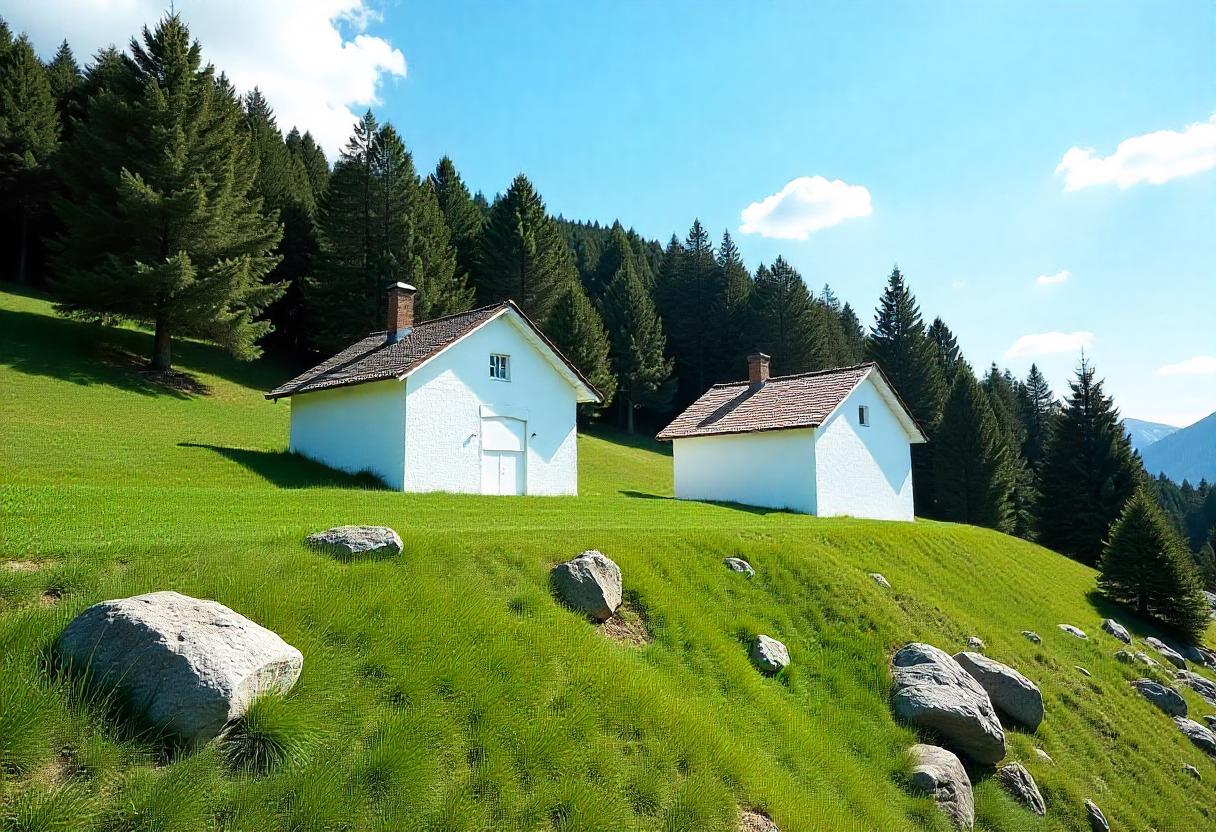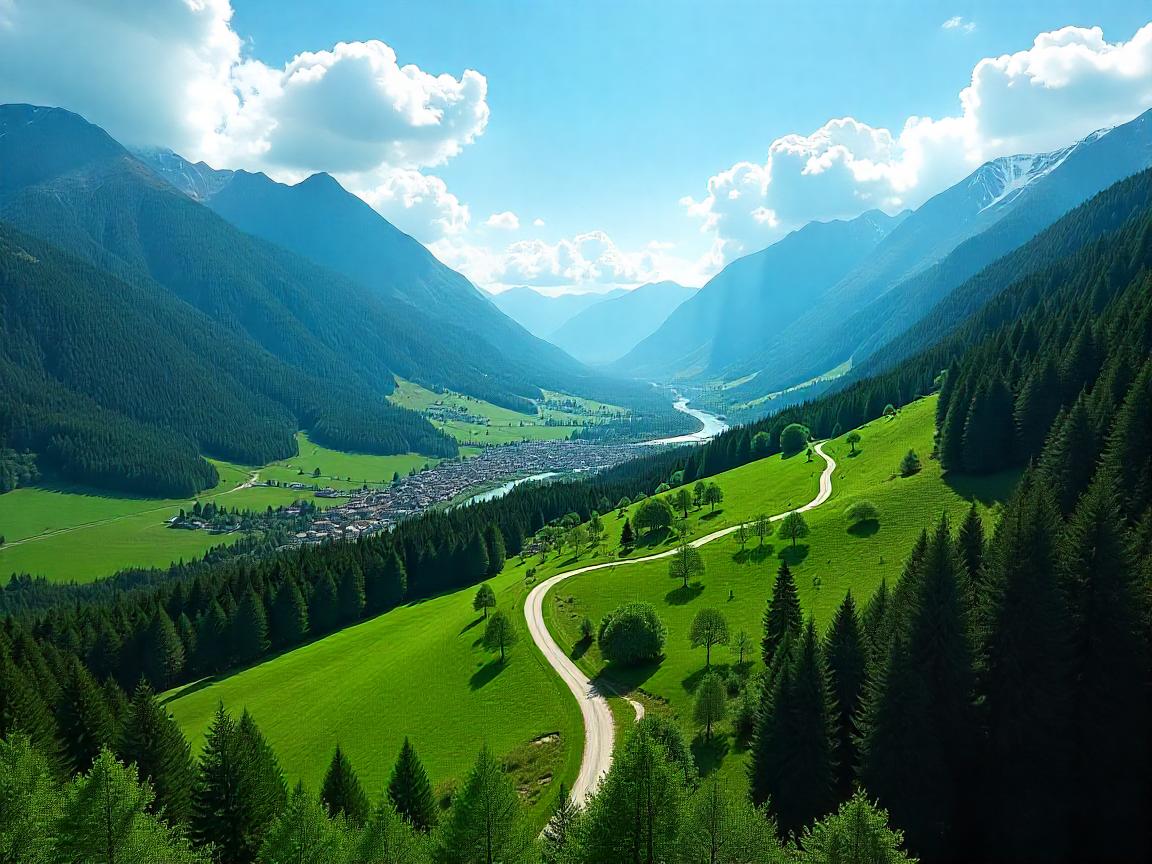Creating a thriving, sustainable garden starts with understanding the importance of in your local ecosystem.
Incorporating these vital species into your transforms your efforts from mere decoration into a functional ecosystem that contributes meaningfully to conservation in your backyard.
A large, sprawling oak tree with blue sky.
Your backyard ecosystem relies on certain key players to function correctly. They are critical for providing the food and habitat necessary for local wildlife to survive and thrive.
Choosing these powerhouses for your yard makes a huge difference. They form the food web base, particularly by supporting numerous caterpillar species. Caterpillars are vital food for nesting birds, providing the protein baby birds need to grow.
| Keystone Plant | Region | Wildlife Supported | Growing Conditions |
|---|---|---|---|
| Eastern/Central | Oak trees thrive in full sun to partial shade and adapt to various soil conditions, though they prefer well-drained locations. | ||
| Widespread | Goldenrod requires full sun exposure and performs exceptionally well in drought conditions once established. | ||
| Eastern | Wild cherry grows best in locations with full sun to partial shade and needs average moisture levels to establish correctly. | ||
| Widespread | Willow species prefer consistently moist to wet soil conditions and flourish in areas with abundant sunlight. | ||
| Widespread | Milkweed plants require full sun exposure and well-drained soil to properly develop their deep root systems. |
Medium-sized switchgrass clump in the sun.
What functions as a keystone in New England might play a lesser role in the Southwest, so understanding your local ecosystem is essential for practical .
. For instance, while oaks dominate eastern forests, mesquite might be a keystone in the southwestern deserts, and Douglas fir in the Pacific Northwest.
Successful ecological requires attention to regional differences to create a truly functional habitat.
Creating a successful garden centered around keystone requires thoughtful planning and design consideration. Unlike conventional , which focuses primarily on aesthetics, an ecologically valuable garden balances beauty with functionality. .
Consider grouping various in flowing drifts rather than formal rows, which creates a more cohesive habitat that mimics natural plant communities.
Even small spaces can have a significant impact when they include the right species, so don't feel overwhelmed if you have limited areas for gardening.
A butterfly on purple coneflowers in a garden
Adapting keystone plants to various garden settings requires selecting species that match your specific conditions while maximizing ecological value. For sunny gardens, consider native plants like coneflowers, bee balm, and black-eyed Susans, which attract numerous pollinators while thriving in full sun. These powerful keystones support specialized bees and provide seeds for goldfinches and other birds, making them excellent choices for naturalistic borders and meadow gardens.
Shade presents different opportunities for ecological gardening, with woodland keystones like native ferns, wild ginger, and foamflower creating habitat beneath canopy trees. If you're working in challenging conditions like poor soil or limited water, numerous keystone types of plants have evolved to thrive in precisely these situations.
A gardener applying wood chip mulch around a tree
Successfully establishing keystone native plants requires understanding their natural growing conditions and replicating these environments in your garden.
Maintaining a thriving keystone Indigenous plant garden requires a fundamental shift in gardening philosophy from conventional approaches. Rather than aiming for perfect tidiness, embrace a more relaxed aesthetic that prioritizes ecological function in your garden plan. The most successful landscaping with keystone natives evolves with minimal intervention needed once plants mature.
Embracing keystone native plants transforms your outdoor space into a vibrant ecosystem that connects you deeply with nature's processes. As these specialized types of plants mature and wildlife populations increase, you'll witness the remarkable resilience and complexity that develop when ecological relationships flourish. This approach to gardening offers rewards beyond mere aesthetics — the satisfaction of creating habitat, supporting biodiversity, and participating in meaningful conservation efforts right at home.
By incorporating regional keystones into your garden plan and understanding their ecological roles, you've taken an essential step toward sustainable landscaping that future generations will appreciate. Your naturalistic garden becomes a beautiful space and a living demonstration of how individual actions can contribute to ecological health and restoration.











